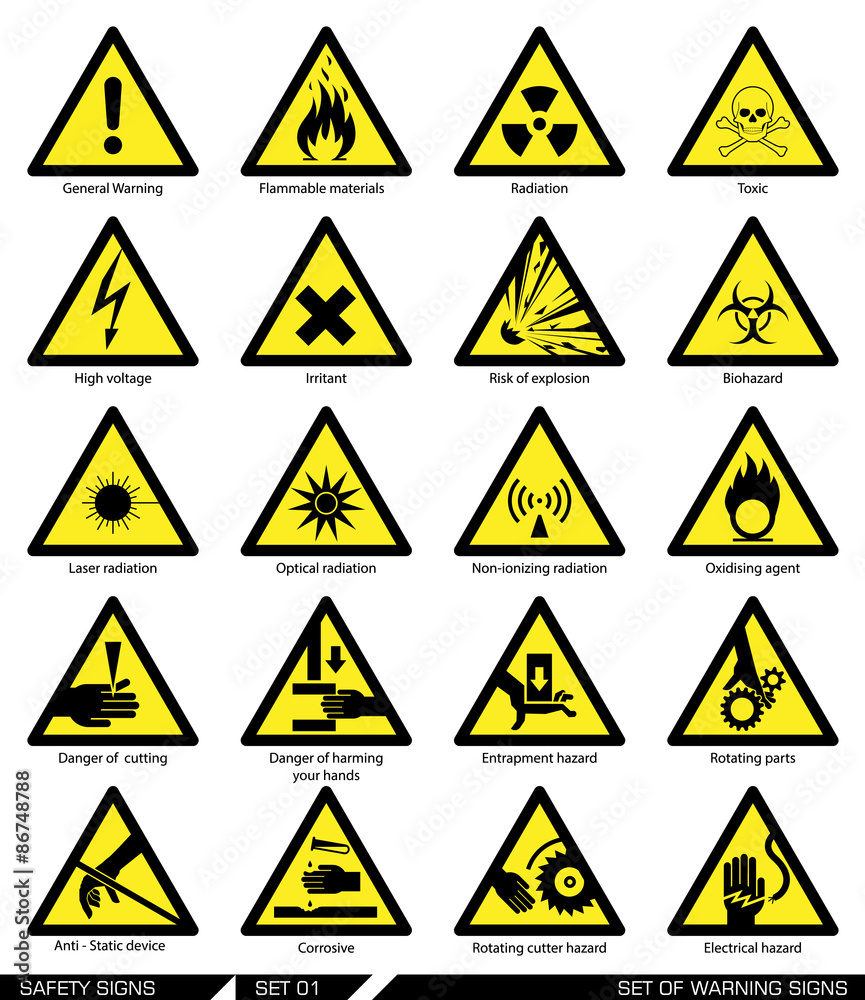Hall, Sean. This Means This, This Means That : A User’s Guide to Semiotics, Laurence King Publishing, 2012 (Chapters 1 & 2) pgs 21-67.
Questions / Prompts
Here are the questions to which you should respond in your reading response:
- Using an example, define Saussure’s terms sign, signifier, and signified in your own words.
- How are signs employed in visual communication? Provide a visual example from contemporary or historical advertising and explain why the example is considered an icon, index, or symbol in Peirce’s terms.
- How are non-literal devices used to convey meaning in advertising and/or social media? Provide a visual example from contemporary or historical advertising and explain which type of non-literal device (simile, metaphor, metonym, synecdoche, irony, lies, impossibility, depiction, or representation) is being used and why.
Response
In my own view, Saussure’s terms sign, signifier, and signified are defined as giving and take, to give and receive, like passing information to someone for it to be understood. The signifier can be part of something, like an image or sound; the signified is what our minds connect us to the sign, like the connection to the context for the signifier (Hall 21). Signs can have many representations and different forms. Images like icons can speak their message alone to multiple languages despite there being no words written anywhere for it, like airport signs. The school bell immediately lets everyone know: the class period is finished. Signs can be employed in visual communication like the thing that everyone all around the world knows about; danger signs.

They are straightforward and very easy to understand, your brain immediately connects and know what they mean even if you are somewhere else and don’t understand the language, they are purposely used to be a universal understanding for different kinds of culture to understand no matter where they go.
Annotation Links
Annotation 1
Annotation 2
Annotation 3




Leave a Reply